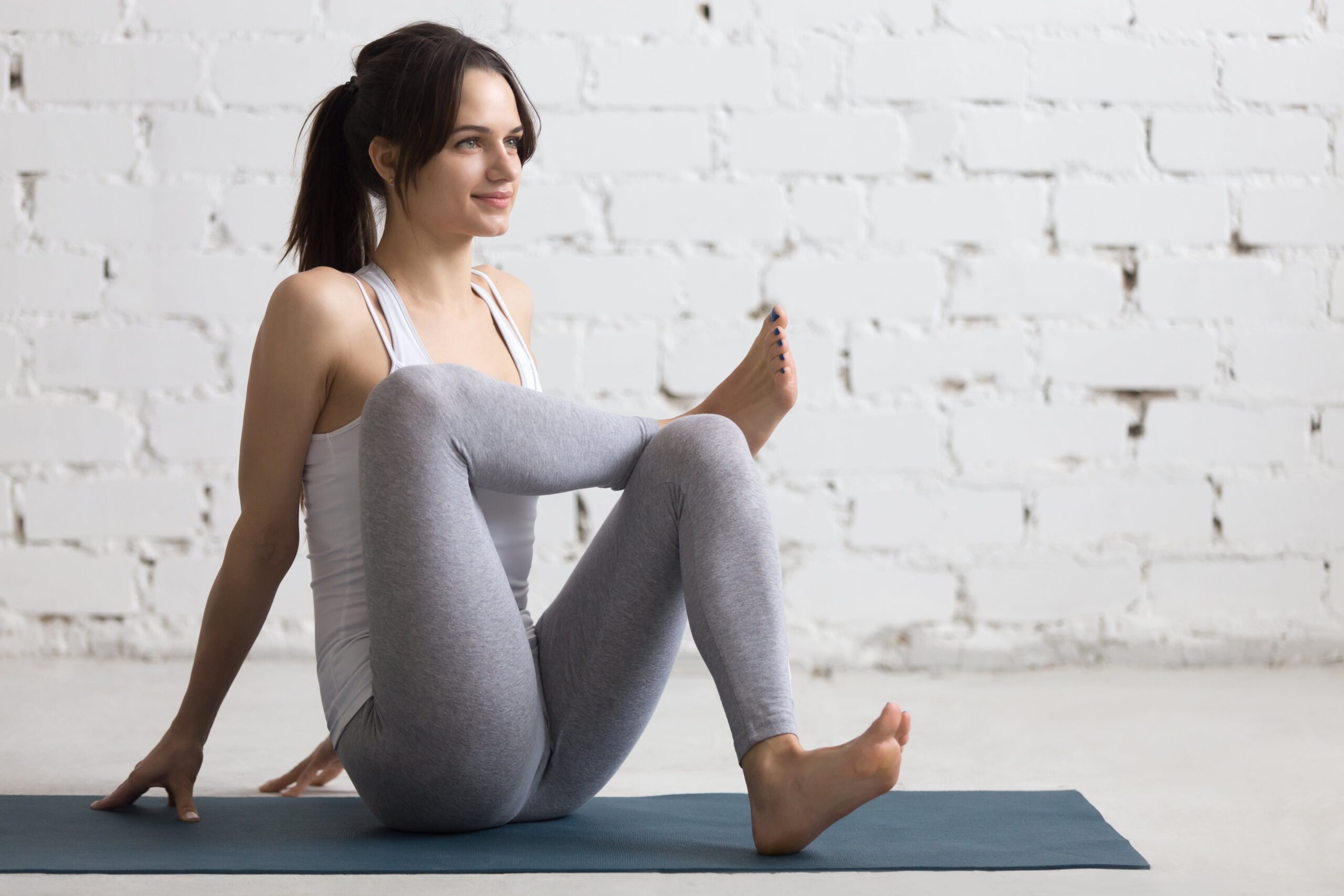Introduction: Stretching your glutes is a crucial component of maintaining flexibility and strength in your lower body. The gluteal muscles, consisting of the gluteus maximus, medius, and minimus, play a vital role in stabilizing and moving the hips. Whether you’re an athlete, a fitness enthusiast, or simply looking to improve your overall well-being, incorporating how to stretch the glutes into your routine can help prevent injury, improve posture, and increase your overall mobility. In this article, we’ll explore the benefits of stretching your glutes and provide you with effective techniques to help you achieve better flexibility and muscle function.
The Importance of Stretching Your Glutes
- Enhanced Range of Motion: Stretching the glutes can significantly improve your range of motion in the hips and pelvis. This increased flexibility can aid in activities such as squatting, lunging, and running, helping you move more efficiently and with less effort.
- Reduced Risk of Injury: Tight glutes can lead to imbalances in the hips and lower back, increasing the risk of strains, sprains, and overuse injuries. Regular stretching can help alleviate tension in the glute muscles, reducing the likelihood of injury.
- Improved Posture: Glute stretches can help relieve tightness in the lower back and hips, which can contribute to poor posture. When the glutes are flexible, they can support the pelvis better, allowing for a more upright and balanced posture.
- Pain Relief: If you experience lower back pain, sciatica, or hip discomfort, stretching the glutes can alleviate some of these issues. By releasing tension in these muscles, you may experience relief from chronic pain.
Effective Glute Stretching Techniques
- Pigeon Pose: This yoga-inspired stretch is an excellent way to target the gluteus maximus. Start in a push-up position and bring your right knee forward towards your right hand. Extend your left leg behind you, keeping it straight. Gently lower your upper body toward the ground, feeling a deep stretch in your right glute. Hold for 30 seconds to 1 minute, then switch to the other side.
- Figure Four Stretch: Lie on your back with your knees bent and your feet flat on the floor. Cross your right ankle over your left knee to create a “figure four” shape. Reach your hands through the opening between your legs and clasp your hands behind your left thigh. Gently pull your left thigh toward your chest to feel a stretch in your right glute. Hold for 30 seconds to 1 minute, then switch sides.
- Standing Glute Stretch: Stand with your feet shoulder-width apart. Cross your right ankle over your left knee, creating a “four” shape with your legs. Bend your left knee and push your hips back as if you were sitting in a chair. You should feel a stretch in your right glute. Hold for 30 seconds to 1 minute, then switch to the other side.
- Seated Glute Stretch: Sit on the floor with your legs extended straight in front of you. Bend your right knee and place your right foot over your left thigh. Hug your right knee with your left arm, twisting your torso to the right. This will stretch your right glute and lower back. Hold for 30 seconds to 1 minute, then switch sides.
- Glute Bridge Stretch: Lie on your back with your knees bent and feet flat on the floor. Lift your hips off the ground by squeezing your glutes and pushing through your heels. This stretch helps to open up the front of the hips and can provide relief for tight glutes. Hold the bridge for 20-30 seconds.
Conclusion
Stretching your glutes is a fundamental aspect of maintaining lower body flexibility and preventing injury. Incorporating these glute stretches into your daily or weekly routine can help you move more efficiently, reduce the risk of injuries, and alleviate discomfort. Prioritize your glute health, and you’ll not only see improvements in your physical performance but also enjoy the benefits of enhanced posture and reduced pain. Remember to always perform these stretches gently and mindfully, and if you have any underlying medical conditions or concerns, consult with a healthcare professional or physical therapist before starting a new stretching routine.




